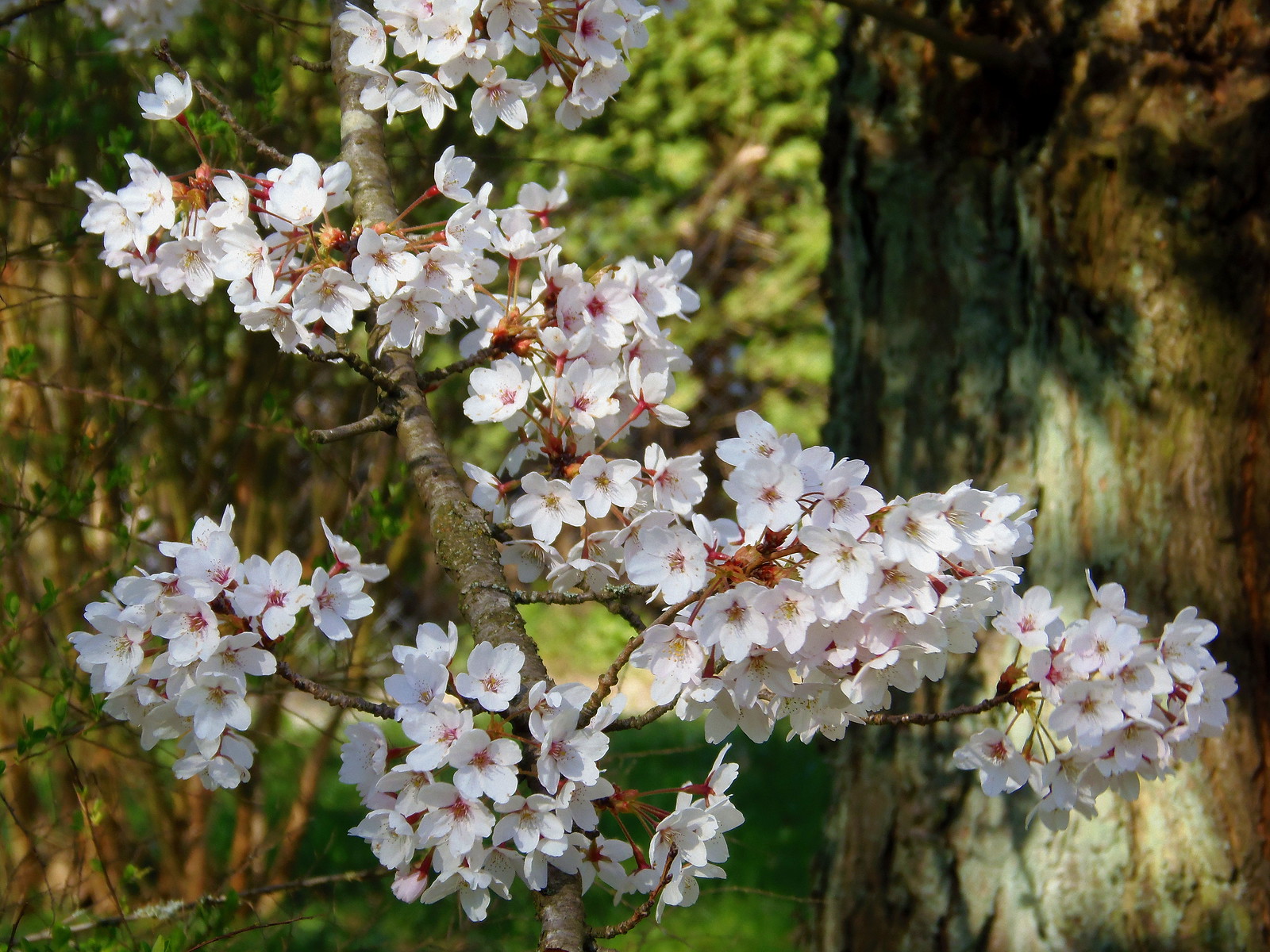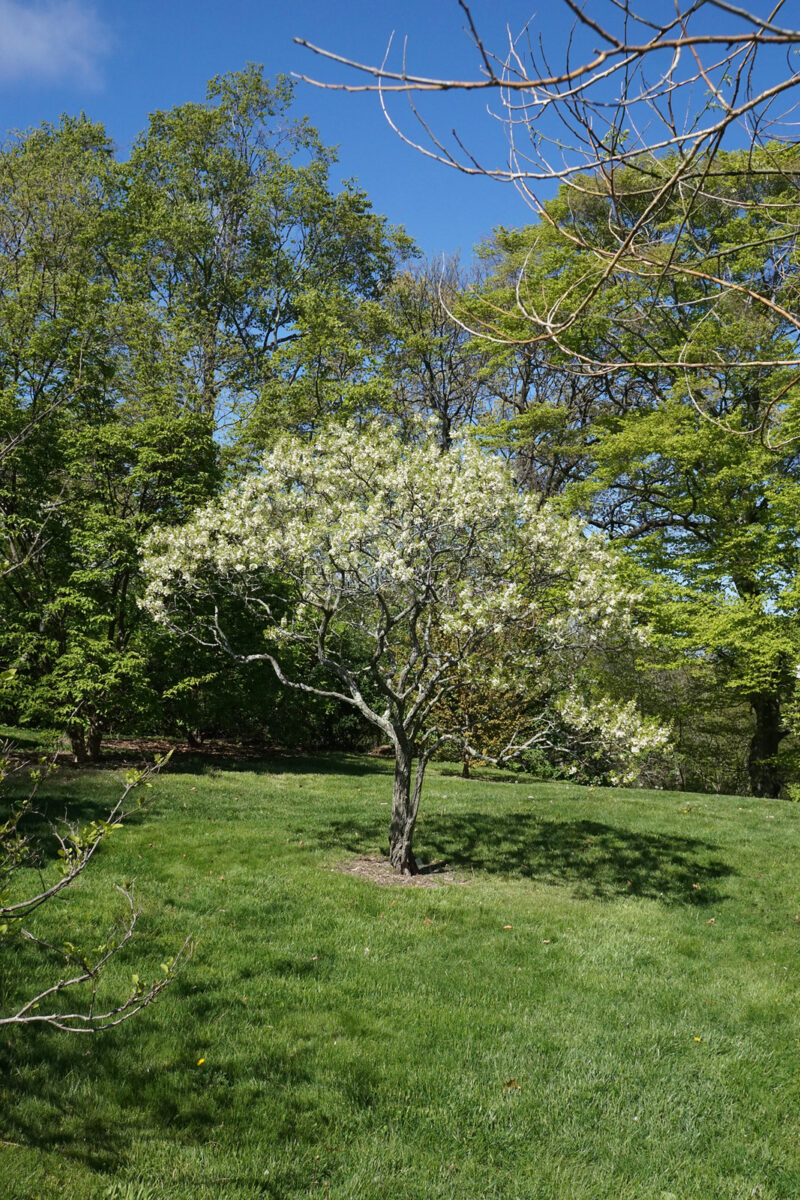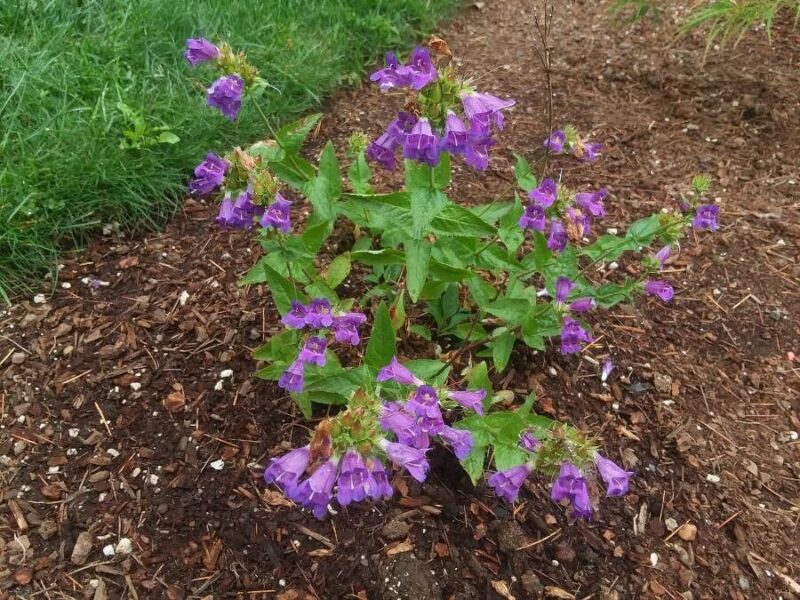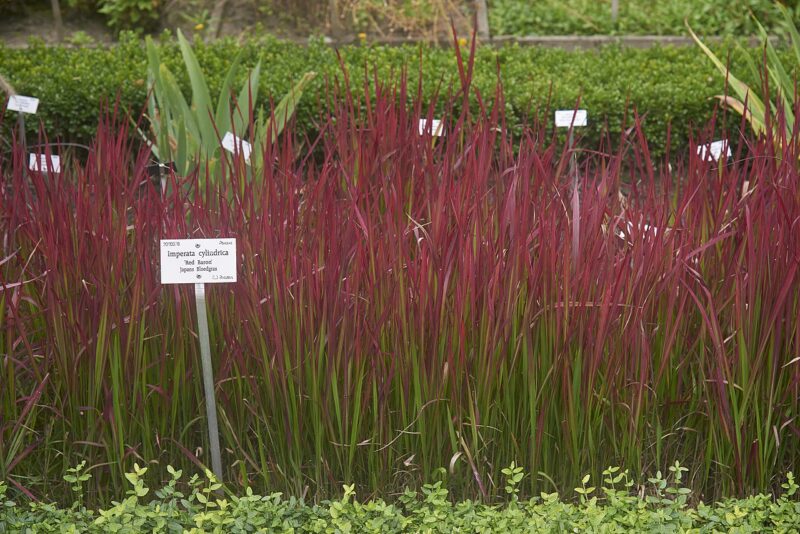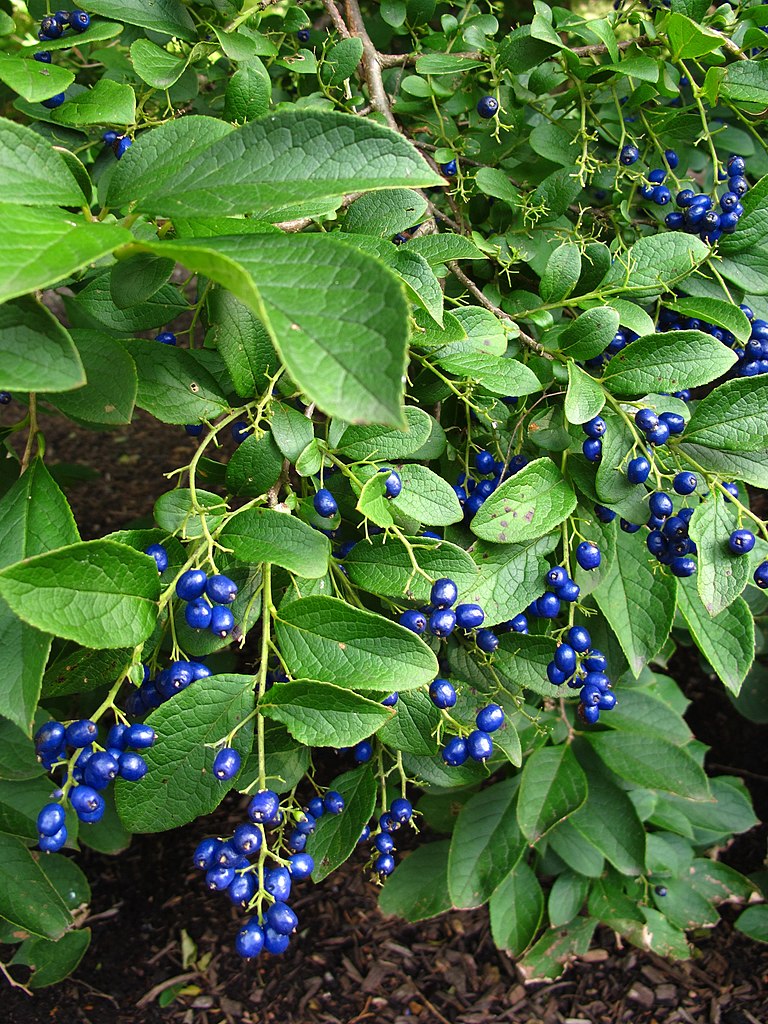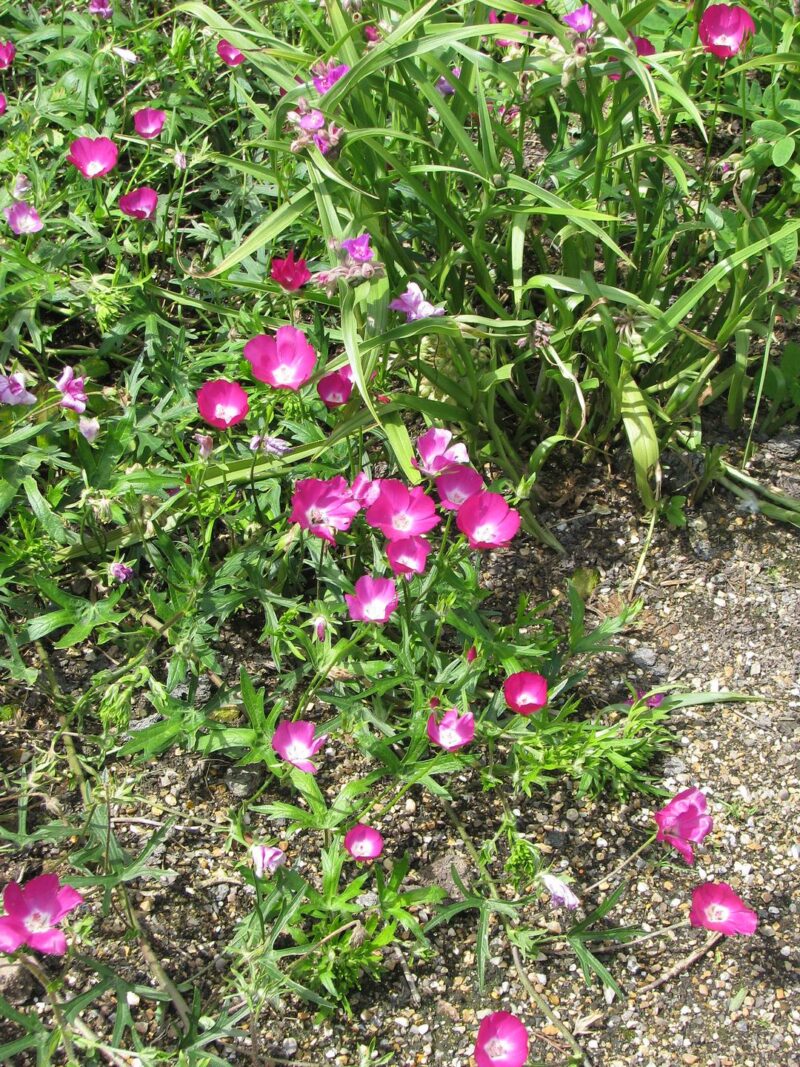When was the last time you saw a striking yellowhorn shrub blooming in your neighbor’s yard? Chances are, unless you walk the paths of the few elite arboreta around North America that possess one in their collection on a regular basis, you’ve probably never even seen one before! In fact, how many of you have ever heard of the yellowhorn (Xanthoceras sorbifolium) at all?
It might surprise you to know that this incredible large landscape shrub or small tree is fully hardy in zone 4. It produces the most awe-inspiring upright panicles of white trumpet-shaped flowers in May, which begin with a bright yellow throat that fades to rich Indian red.
It’s definitely unlike any flowering shrub you’ve seen before, and yet you probably won’t find this plant on sale in your local neighborhood garden center. You might not even find it in your entire city!
That’s because this plant is quite hard to propagate, even from seed, and it’s even harder to transplant. I know this from personal experience; I tried to grow it twice in my zone 3 garden, only to have both attempts succumb to transplant shock, never mind any consequences of a northern winter! Yet, so I hear, once they take, they settle in for a long and happy life. And locating one in a nursery is like trying to find a needle in a haystack.
We have this tendency in the North to fall into ruts when it comes to selecting plants for our northern yards and gardens. Much of this is because of the tendency for growers to “mass produce” the popular favorites – production in volume is far more favorable to their bottom lines.
And many of these rare beauties are difficult to propagate, such as the yellowhorn, which further discourages the growers from taking them on in any meaningful quantities. And finally, fame tends to beget more fame, so what’s popular stays popular.
But popularity can easily become boring when everyone’s doing it. So if you’re after something far away from ordinary for your landscape, or if you want a true conversation piece that will stump your diehard gardener friends, then you need to explore some of these undiscovered northern gems a little further.
Trust me, it will mean going well out of your way to finding them, because these babies are probably not everyday fare at the local garden center. But your reward will be certain to follow in the gawks and stammerings of befuddled gardeners as they try to figure out exactly what they’re looking at!
Variegated Pagoda Dogwood (Cornus alternifolia ‘Argentea’) – Zone 4 (3?)
This may be both the rarest and one of the most sought-after of all shrubs. You may be familiar with the majestic pagoda dogwood, an amazing horizontally-branched large shrub that looks like it came straight from the Orient, but which in actuality calls the deep damp forests of eastern North America home.
Well, this is basically the same plant, only with incredible white-variegated foliage. The combination of the tiered layers and the variegation results in something that resembles an enormous delicious wedding cake!
This plant is rare for a number of reasons. For one thing, it is quite difficult to propagate – it must be done vegetatively, as the variegation won’t pass to its progeny from seed. For another, it is quite difficult to grow – if you thought the regular pagoda dogwood was fussy about its growing conditions, this one is far worse!
But for the collector, nothing will make more of an impression in the garden, especially if it’s grown in front of a dark green background to really set it off. Good luck finding one, though!
Menzies Beardtongue (Penstemon menziesii) – Zone 2
As an adventurous gardener, you’re probably quite familiar with a number of the beardtongues, a popular group of garden perennials. But I’ll bet you’ve never heard of this one – it’s quite unlike any of the others you’ve encountered.
For one thing, it is a spreading groundcover, actually quite vigorous in its habit, while most of the others are upright growing. For another, it is an evergreen and an extremely hardy evergreen at that! And the flowers are a rich blue, borne in abundance in summer.
So why don’t we see more of this plant in our garden centers? It’s actually quite easy to propagate and even easier to grow, so it should be well-known, but it isn’t. It’s probably because it just hasn’t made the headlines yet.
Many perennials tend to come into fashion for whatever reason and then fade out just as fast. Its future popularity is further challenged by the fact that there are so many species and varieties of beardtongue from which to choose. But don’t let that stop you from enjoying this bright blue-flowering evergreen ground cover that will leave your gardening guests guessing!
Red Baron Japanese Imperial Grass (Imperata cylindrica ‘Red Baron’) – Zone 5 (3?)
Here’s a plant that’s both rare and quite the showstopper. As the name implies, it’s an ornamental grass, the entire category of which deserves wider use in our modern landscapes. But this particular performer stands a cut above most of the other varieties courtesy of its brilliant red flame-like upright blades, which bear this color not only in fall but in summer too!
And because it’s grass, it is likely uncommon in your neighborhood, which will no doubt render it quite conspicuous when it joins your garden collection.
Sapphireberry (Symplocos paniculata) – Zone 4
Friends, unless you’re well-traveled in the gardening world, you’ll have never seen anything like this plant before! For most of the year, it is your average large shrub with a nice habit and pretty white flowers in spring, nothing to write home about and scarcely worth noting. But come fall, it bears what has to be the most unusually colored berries of any shrub.
They are an utterly distinct iridescent sapphire blue, true to this shrub’s common name. Blue is blue in the gardening world, but this is a shade of blue you probably won’t see in any other plant!
I honestly don’t know why this plant is so rare, but I have only seen it in one botanical garden, and never in a landscape setting. I know that it’s adaptable and not particularly finicky to grow, and it’s apparently not too difficult to propagate from seed either.
The berries are purportedly favored by birds and as a result, don’t linger on the branches for very long, but when they’re there, they scream for attention.
It’s possibly just never made it into the vernacular of the landscaping world, and a lack of demand tends to be self-propagating in the business – growers won’t grow what’s not popular. But seek this one out if you need to turn some heads in and fall in something other than yellow, orange, or red!
Buffalo Poppy (Callirhoe involucrata) – Zone 3
I’m floored by the lack of popularity of this plant. A potent groundcover for even the toughest of poor, dry locations, the buffalo poppy is a native of the American Midwest, but for some reason languishes in obscurity.
Also known as Poppy Mallow, it’s a member of the extensive mallow family that includes hollyhocks, rose of Sharon, and the tropical hibiscus, a heritage apparent in the shocking magenta flowers which are carried atop a mat of foliage throughout the spring and well into summer. It naturalizes well and is especially effective in trailing over rocks and gravel.
With effective groundcovers somewhat hard to come by in the world of perennials, this deserves far more attention than it receives. It’s possibly too aggressive for the average garden, but with the increasing trend towards low-maintenance dryland landscapes (a technique often referred to as “xeriscaping”), this plant is an ideal solution.
I’ve got a suspicion that as both professional designers and gardeners alike come to know it, you’ll be seeing it show up in more and more urban settings. Until then, you can be a trendsetter and use it now – say that you were one of the first! That is if you can find it!
Perla Irish, who is more familiarly known as Irish, is the Content Manager at newfld.com. She loves following trends around home and garden, interior design and digital marketing. Through this blog, Irish wants to share information and help readers solve the problems they are experiencing.
